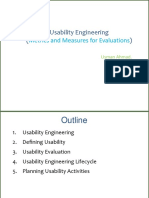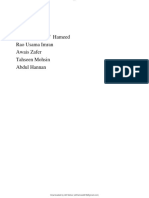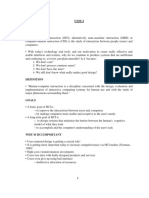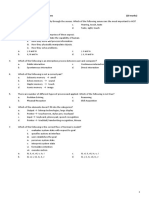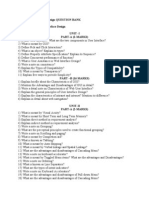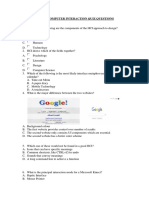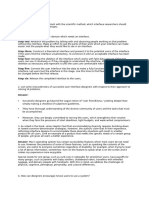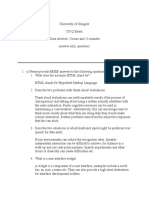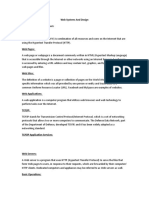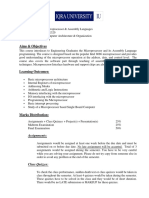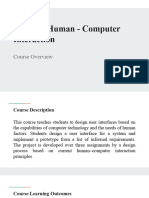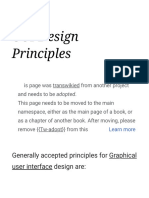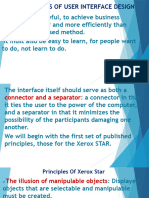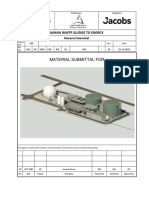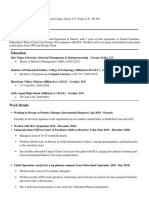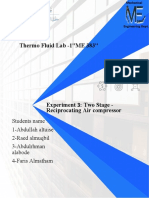100% found this document useful (1 vote)
723 views3 pagesPrinciples of GUI
The document outlines 18 principles for designing an effective graphical user interface (GUI). The principles include providing an aesthetically pleasing and visually clear interface, ensuring the interface is compatible with the user and their tasks, and that it allows the user to maintain control. Additional principles cover consistency, directness, efficiency, familiarity, flexibility, forgiveness, predictability, responsiveness, simplicity, and transparency. The final design requires balancing these principles through trade-offs.
Uploaded by
Sheikh HamadCopyright
© © All Rights Reserved
We take content rights seriously. If you suspect this is your content, claim it here.
Available Formats
Download as DOCX, PDF, TXT or read online on Scribd
100% found this document useful (1 vote)
723 views3 pagesPrinciples of GUI
The document outlines 18 principles for designing an effective graphical user interface (GUI). The principles include providing an aesthetically pleasing and visually clear interface, ensuring the interface is compatible with the user and their tasks, and that it allows the user to maintain control. Additional principles cover consistency, directness, efficiency, familiarity, flexibility, forgiveness, predictability, responsiveness, simplicity, and transparency. The final design requires balancing these principles through trade-offs.
Uploaded by
Sheikh HamadCopyright
© © All Rights Reserved
We take content rights seriously. If you suspect this is your content, claim it here.
Available Formats
Download as DOCX, PDF, TXT or read online on Scribd
/ 3
